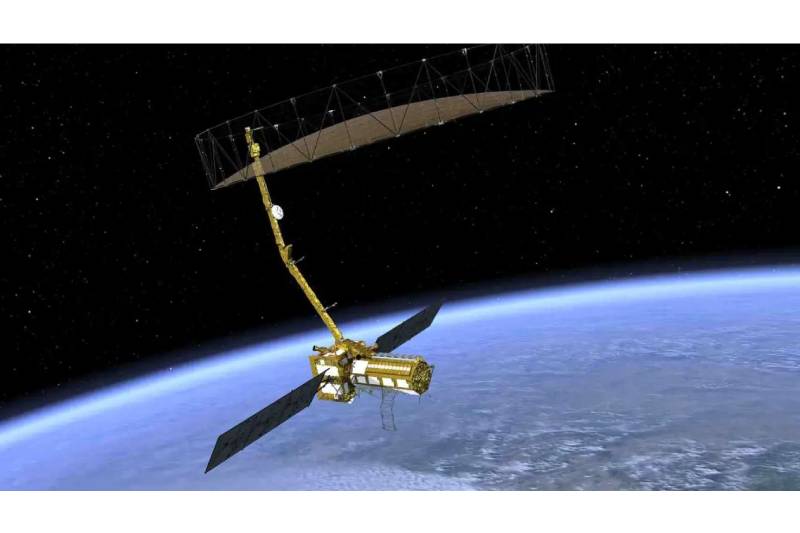ISRO Scheduled to Launch the Joint NASA-ISRO NISAR Satellite in June

Indian Space Research Organization (ISRO) has begun final preparations for one of its most awaited international collaborations After a lengthy wait. In June 2025, the NASA-ISRO Synthetic Aperture Radar, or NISAR, joint mission with the National Aeronautics and Space Administration (NASA) of the United States is expected to launch. The ambitious Earth observation satellite will be equipped with one of the biggest and most sophisticated radar imaging systems ever put into orbit.
A new window into the Earth’s surface will be provided by Operation NISAR, providing vital information regarding environmental change, natural dangers, and Earth’s evolving systems. While in use, NISAR will provide a fresh perspective of the planet’s surface, containing vital data on environmental change, natural dangers, and Earth’s evolving systems.
Assembly Progress and Technical Difficulties
The initial plan was for NISAR to launch in the first part of last year.One important part, a 12-meter antenna, was discovered to require upgrading throughout the testing phase. For upgrades last year, the satellite had to be sent back to the United States.
The satellite underwent extensive retesting and was fully built at ISRO’s Bengaluru headquarters by October 2024. By January 2025, NASA’s C-130 aircraft had completed a multi-leg voyage to carry necessary equipment to India. The spacecraft has already been moved to Sriharikota’s Satish Dhawan Space Centre (SDSC), where ISRO is already set up for pre-launch operations.
ISRO has two additional important missions scheduled for May before NISAR. The launch of the earth observation satellite EOS-09, which will take high-resolution pictures both during the day and at night, is one of them. The other is the start of the Gaganyaan program’s test vehicle D2 (TV-D2) mission. The purpose of TV-D2 is to model the Crew Escape System’s abort scenario during India’s first human spaceflight mission, Gaganyaan.